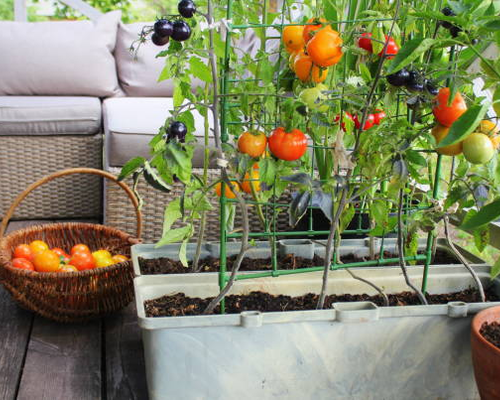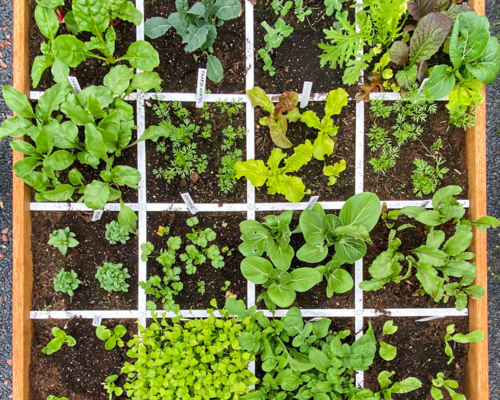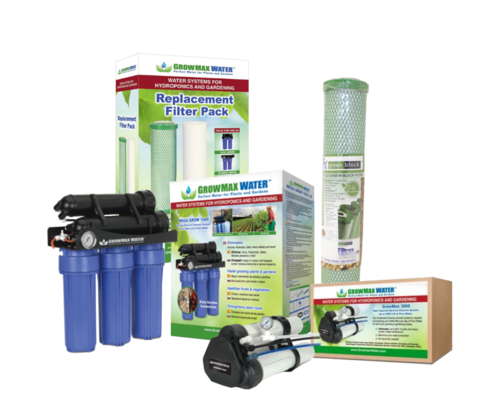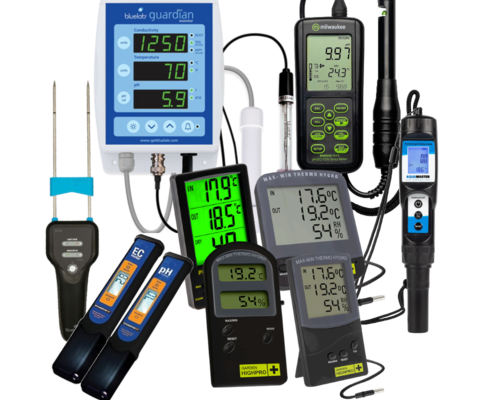Urban Gardening: Growing Awareness and Love of Nature in the City
Urban Gardening is a rapidly growing trend in urban areas, with people expressing their love for nature and green spaces by creating gardens and kitchen gardens in their urban settings. This can range from a single window box to entire rooftop gardens and community gardens in urban areas. Urban Gardening has numerous benefits for both urban residents and the environment and is therefore booming.
First, Urban Gardening provides an outlet for urban residents seeking more greenery and nature in their environment. Many urban people have little or no access to green spaces, and creating their own garden or vegetable garden at home can help these people feel more connected to nature. Contact with nature has been proven to be good for people's health and well-being, and Urban Gardening makes this experience possible for urban residents who otherwise have little to no opportunity to do so.
Urban Gardening is also beneficial to the environment and the surrounding area. Creating more green spaces in urban areas can help improve air quality, reduce the urban heat island effect and create shade and cooling. In addition, Urban Gardening can help promote biodiversity and enhance habitat for birds, insects and other wildlife.
Urban Gardening can also help strengthen community and create social cohesion. Community gardens and urban farming projects offer residents the opportunity to collaborate and socialize as they work together to create and maintain their gardens. This can lead to relationship building and a strengthened sense of cohesion and unity within the urban community.
What do you need for Urban Gardening?
To start Urban Gardening, you will need the following materials and supplies:
- Planters or pots: These can be different types of materials, such as plastic, ceramic, metal or wood. Make sure the containers are large enough for the fruits and vegetables you want to grow.
- Soil: Choose the right soil for the fruits and vegetables you want to grow, and make sure the soil contains enough nutrients.
- Water source: Make sure you have a water source on hand to water the plants regularly.
- Garden tools: These can include hoes, rakes, shovels, pruning shears and other gardening tools you will need to maintain your urban garden.
- Lighting: If you want to grow indoors, you will need lighting to help the plants grow.
- Support: For some plants, you may need support, such as plant supports or trellises, to ensure proper growth and support.
- Fertilization: Determine what type of fertilizer you need for the fruits and vegetables you want to grow, and buy the right fertilizer, or plant nutrition, for your urban garden.
- Pest protection: Buy pest repellents or make your own to protect your urban garden from pests and diseases.
Note: Before you begin urban gardening, it is important to consider your local climate and weather conditions and determine which fruits and vegetables thrive best in your area.
What are the benefits of Urban Gardening?
Urban gardening has several benefits, below is a list of some of the benefits:
- Health and Wellness (prive spa of prive sauna): Contact with nature and maintaining a garden or plants in the city can help improve health and well-being. It can help reduce stress and promote a sense of accomplishment and fulfillment.
- Environmental protection: Urban gardening can help improve air quality, reduce the urban heat island effect and create shade and cooling. In addition, it can help promote biodiversity and improve habitat for birds, insects and other wildlife.
- Community strengthening: Community gardens and urban agriculture projects can provide residents with the opportunity to collaborate and socialize while working to create and maintain their gardens and plants. This can lead to strengthened community cohesion and unity.
- Food Assurance: Urban gardening offers the opportunity to grow their own fruits and vegetables, which can help increase food assurance and promote healthy lifestyles.
- Education: Urban gardening can be an educational experience, where people can learn about nature and environmental protection, as well as how to maintain and care for a garden or plants.
Urban gardening tips
- Garden soil with the right nutrients is crucial for your plants and vegetables such as vegetable fertilizers. The oxygen content in this soil has a positive effect on the growth of the plants, allowing you to enjoy them to the fullest.
- If you want to grow in pots and containers, choose high-quality potting soil. This ensures that it has the right ratio of nutrients and good water drainage.
- Planters made of clay store water, make sure you have good drainage to prevent your plants from drowning. Because too much what can be harmful to your crop.
Want to make sure your plants don't have too much water sitting in the soil? There are handy tools that monitor this for you. The so-called "soil moisture meter" is one example.
The closer to an outside wall, the warmer the place is. You can make good use of this when you have plants and vegetables that need a lot of heat and sunlight. In that case, place them as close to the wall as possible.
Vertical gardening
Vertical gardening is a technique for growing plants in the city that uses space efficiently by utilizing vertical surfaces such as walls, fences, noise barriers and other unused spaces. The goal is to create more growing and production space in limited urban environments.
Vertical growing is achieved through the use of special materials such as hydroponics, coco fiber, etc., and through techniques such as placing plants in vertical pots or attaching plants to a wall or other surface using plant racks or brackets. This provides an ecological and aesthetic solution for cities facing limited growing and production space while helping to improve air quality and urban biodiversity.
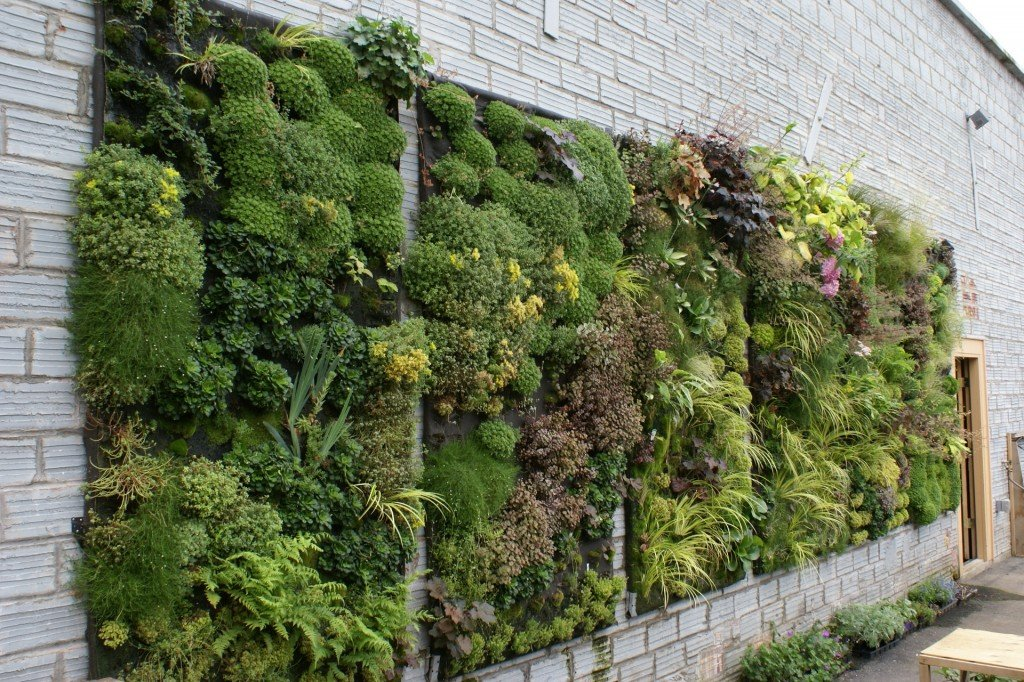
What is a green wall?
A green wall is a vertical garden installed on the wall of a building. It consists of plants placed in containers or on soggy surfaces on the wall, adding a significant amount of greenery to the urban environment. Below is a list of the benefits of vertical gardening:
- Improving air quality: The plants filter pollutants from the air and produce oxygen.
- Improving thermal insulation: The green wall keeps the building cool in summer and warm in winter.
- Improving noise level: The green wall reduces noise level and improves acoustics.
- Increased biodiversity: The green wall provides habitat for insects and birds, contributing to biodiversity in the urban environment.
- Improved appearance: The green wall gives the building a green and attractive appearance.
- However, a green wall also requires regular maintenance and watering, and must be properly planned and installed to ensure healthy plant growth and a sustainable facade.
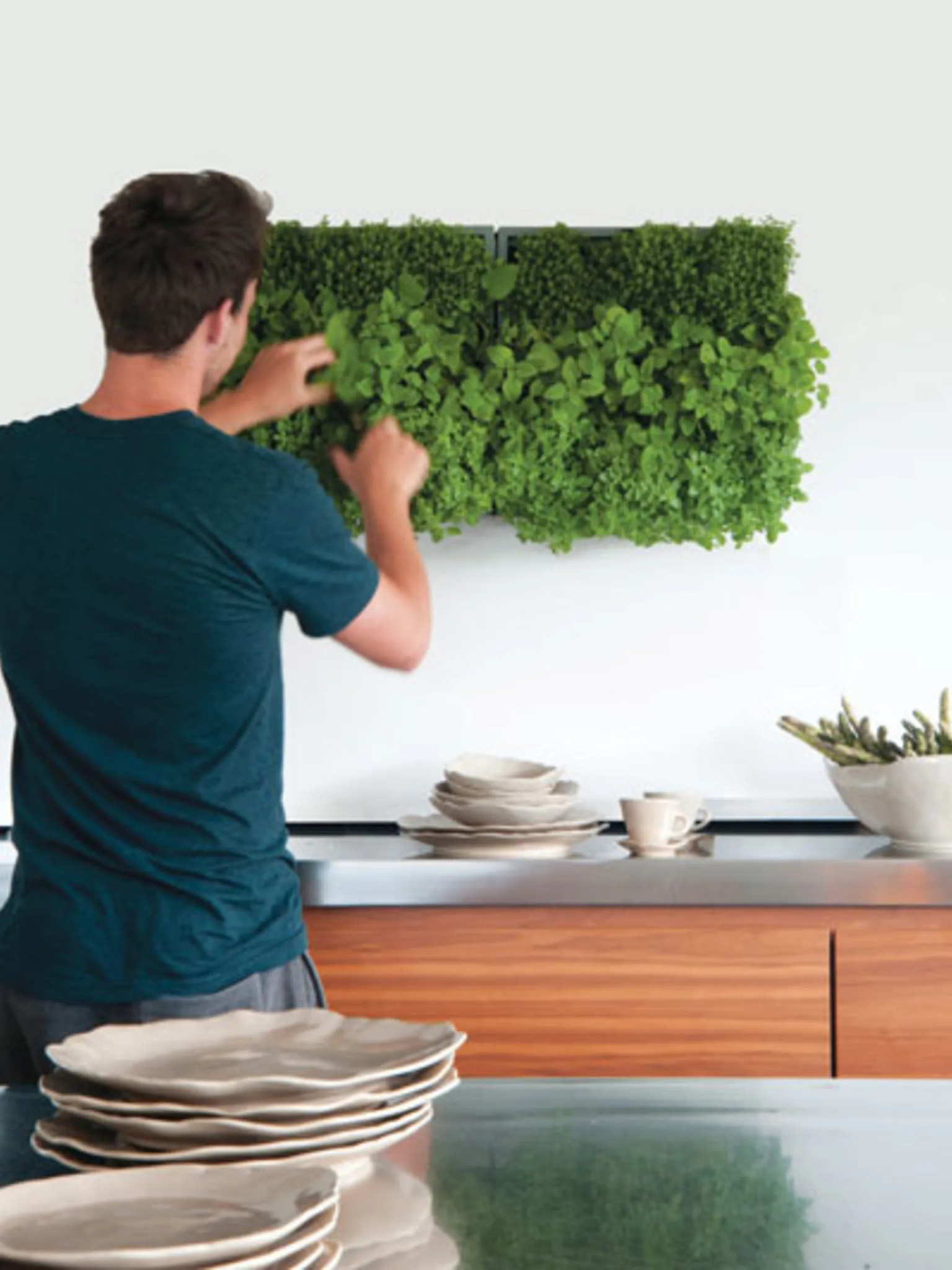
What fruits and vegetables are easy to grow?
There are many fruits and vegetables that are easy to grow in urban environments. Here are some of the most popular options:
- Salad: lettuce, spinach, endive, kohlrabi, radishes
- Tomatoes: cherry tomatoes, roma tomatoes
- Legumes: peas, beans
- Herbs: basil, parsley, mint, thyme
- Strawberries
- Bell peppers
- Zucchini
- Cabbage: broccoli, cauliflower, pointed cabbage
- Carrots
- Onions and garlic
These fruits and vegetables are not only easy to grow, but they are also rich in nutrients and can be grown year-round, depending on the climatic conditions in your area. Keep in mind that some fruits and vegetables require more care than others, so it is important to know the growing requirements of your crop before you begin growing.
Do you want more information?
Want more information on a specific topic? Check our "Knowledge Center" blog page to see if the information you need is among them. Is the information not in one of our blogs? We have a piece of text with each category where the products are explained in broad terms. The most popular categories are:

